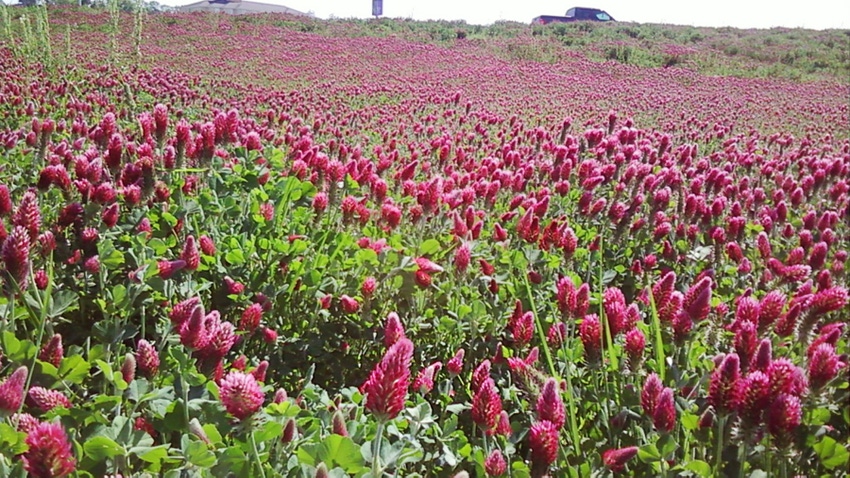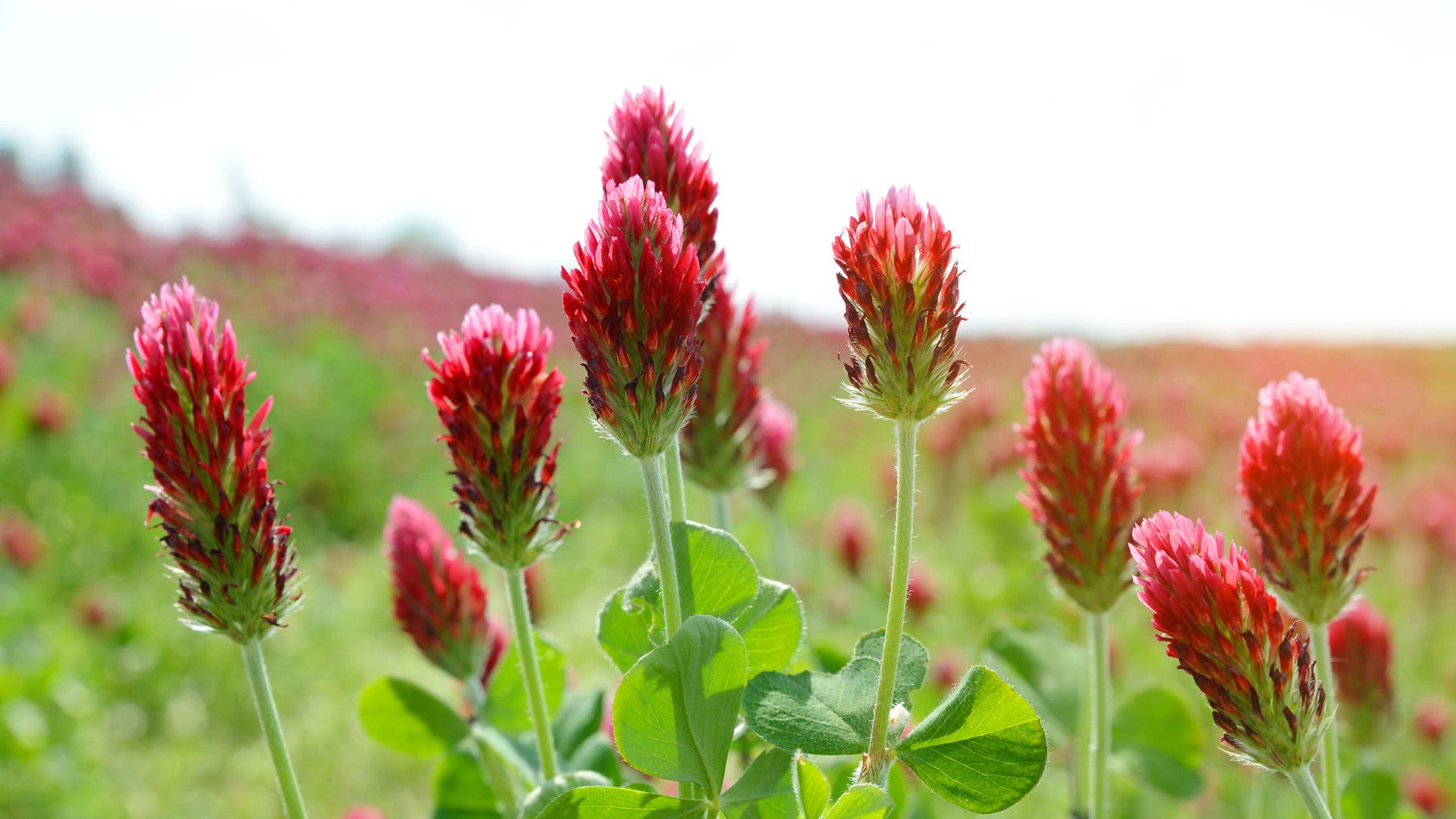
Gerald Smith has worked for Texas A&M for more than 40 years, mostly with forage legumes for pasture.
With an increased interest in adding cover crops to row crop rotations, however, he and other forage researchers are looking at incorporating forage legumes into the mix.
“Anything that's adapted and works well as a forage legume generally works well as a cover crop,” says Smith, TAMU Regents Fellow, Texas A&M AgriLife Research, Overton.
“That's not necessarily always the case, but it is generally true because we're looking for the same kinds of things. We're looking for early establishment, quick ground covers; we're looking at disease and nematode resistance; we're looking to fit particular environments. All of those things make a legume useful in a pasture and a livestock system. Those same plants should work in a cover crop system.”
The caveat, Smith says, is that in East Texas, “we're not growing a lot of row crops, so the plants we're working with here may or may not fit well into row crop systems, say in Central Texas, because of different soil types.”

Crimson clover- “Crimson clover fits on any well-drained soil that's not high pH,” says Gerald Smith, Texas A&M AgriLife Research. (vencavolrab / iStock / Getty Images Plus)
He says crimson clover is widely used as a cover crop. “Crimson clover fits on any well-drained soil that's not high pH.”
Arrowleaf clover is not well-suited for cover crops, Smith says, primarily because of its growth characteristics. “Arrowleaf matures later and doesn't fit into a lot of cover crop situations. Another plant we've been working with that has a lot of potential for cover crops is sweet clover, which is not a true clover.”
Sweet clover
He says sweet clover performs best on the higher pH, high calcium soils found in Central Texas and central Oklahoma.
“Sweet clover is deep-rooted and has a lot of other excellent attributes. It doesn't have disease problems; it fixes a lot of nitrogen. The only drawback to sweet clover is that it doesn't grow as early as plants like crimson clover. But its adaptation to soils is very different.”
Smith says researchers at Overton have done limited work with other legumes, such as winter pea and southern pea.
“We're just beginning work with winter pea. We have been working with Southern peas or cowpeas for many years. These are tropical plants that produce growth in the summer. We see possibilities for summer cover crops with the Southern pea or the cowpea, and we've released some new varieties in the last few years.
“One new variety, Ace, is in commercial production and shows a lot of potential. Another, Giant, is not yet in commercial production.”
Smith says Southern pea would work well in any situation where a summer cover is needed. “For instance, a farmer in central Texas growing wheat could plant southern pea as a warm season cover crop. It could provide a summer soil cover and nitrogen for the winter crop.”
He says southern pea has been tested in trials at Overton and at the research center in Vernon, “where it's done quite well.”
He says clovers also have done well in trials. “We work with them from the breeding viewpoint and not much from testing and cover crop situations. With almost no row cropping in this part of the state (We're mainly pastures, cattle, and timber in East Texas.), we don't test a lot here. Anything we would test in a row crop situation, we send to other trial sites, like Vernon.”
Smith says options for cover crops vary across regions and production goals.
In more arid areas, such as the Texas High Plains and Southwest Oklahoma, producers typically plant cover crops for erosion control, usually a cereal grain, wheat or rye.
“The closest thing we have here, in terms of competing with cereal grains to prevent erosion loss, would be crimson clover. Crimson clover gives us the best winter growth, is the earliest and has the largest seed. If we were going to plant something here for erosion control it would be rye or crimson clover.”
Smith recommends planting clover in the fall. “We would plant in early fall, usually in October, depending on rainfall. That’s when we would expect to plant for winter cover and some winter nitrogen production.”
Smith says research efforts will continue with true clover trials and also with the sweet clover for Central Texas and the Blackland soils.
“We will work with warm-season legumes like the Southern pea and the cowpea that could be summer cover crops. They have a broad soil adaptation.”
Summer legumes planted in late spring serve as a cover crop and produce a lot of nitrogen and a lot of biomass. “They're drought tolerant, so they perform well in Southwest summers.”
Smith says Southern pea would work across a broad area of the Southwest.
Smith adds that farmers looking at cover crop options have numerous choices, but they should consider the end goal, the region, and availability of water. For more information visit aggieclover.tamu.edu.
About the Author(s)
You May Also Like






